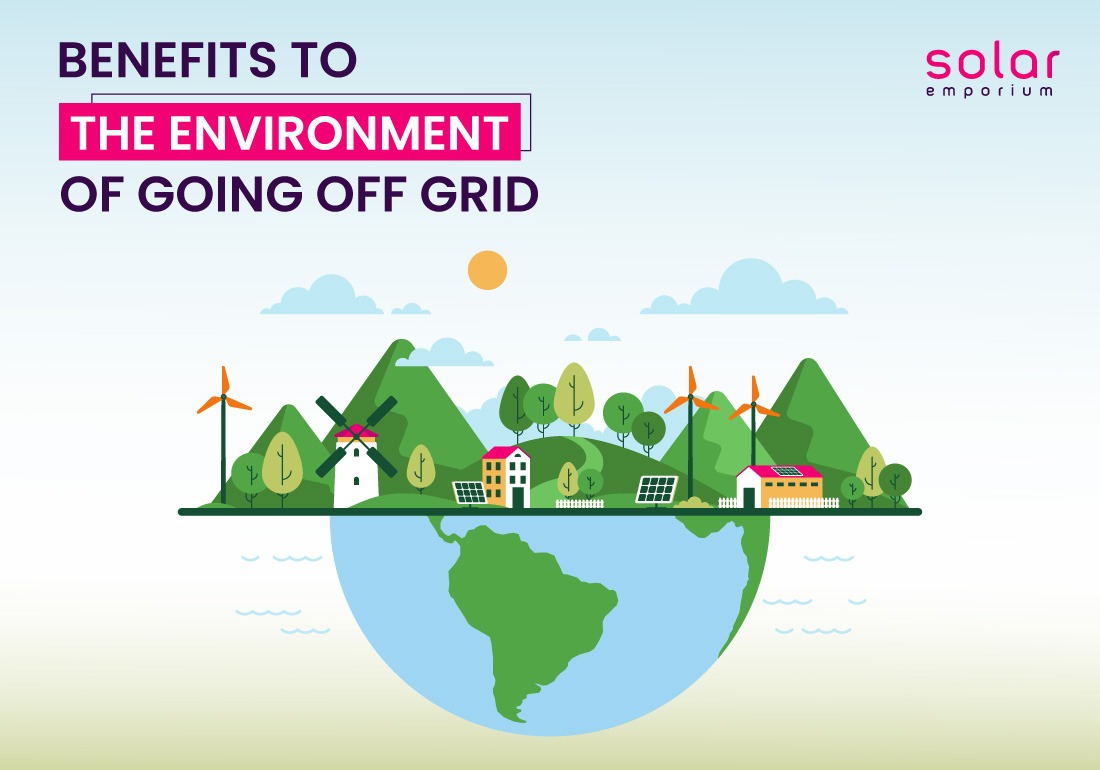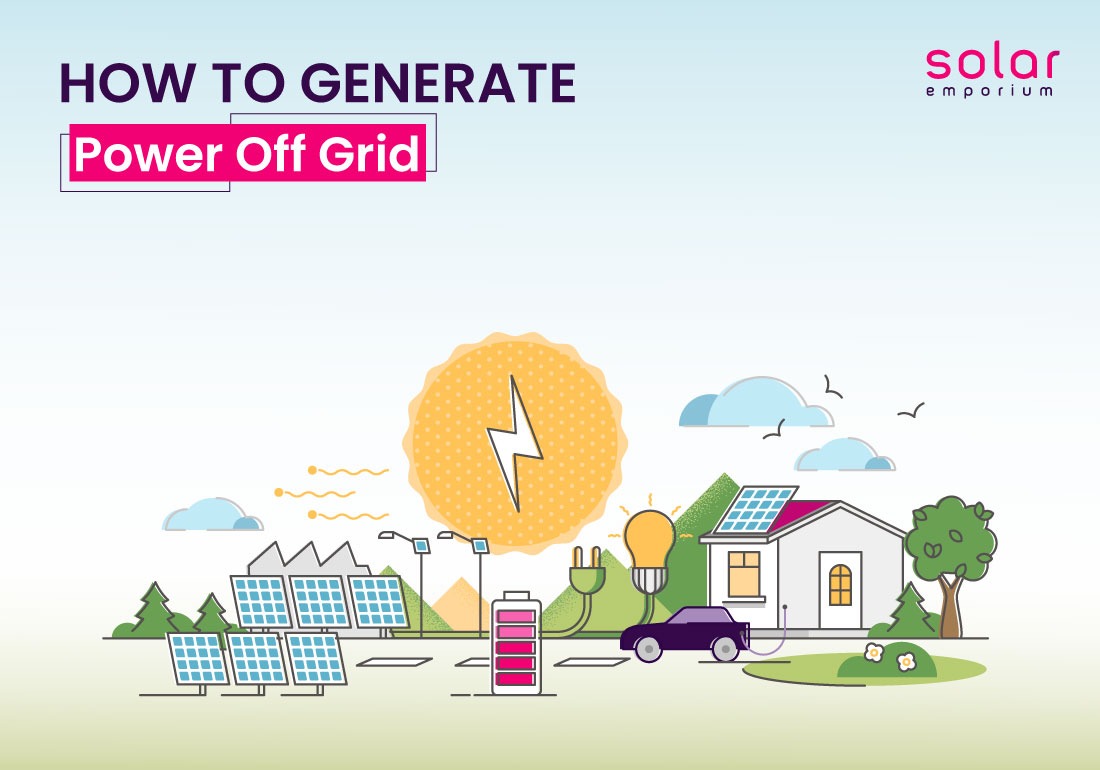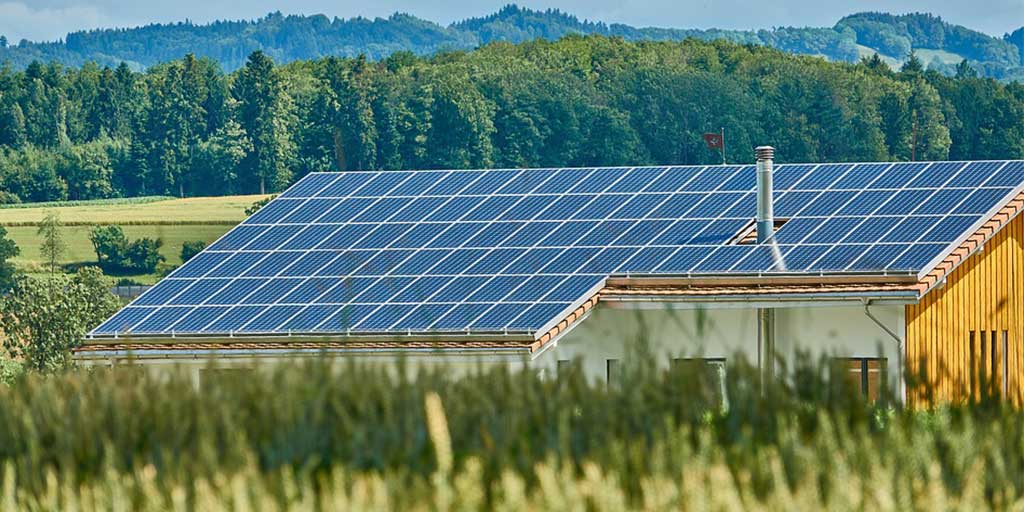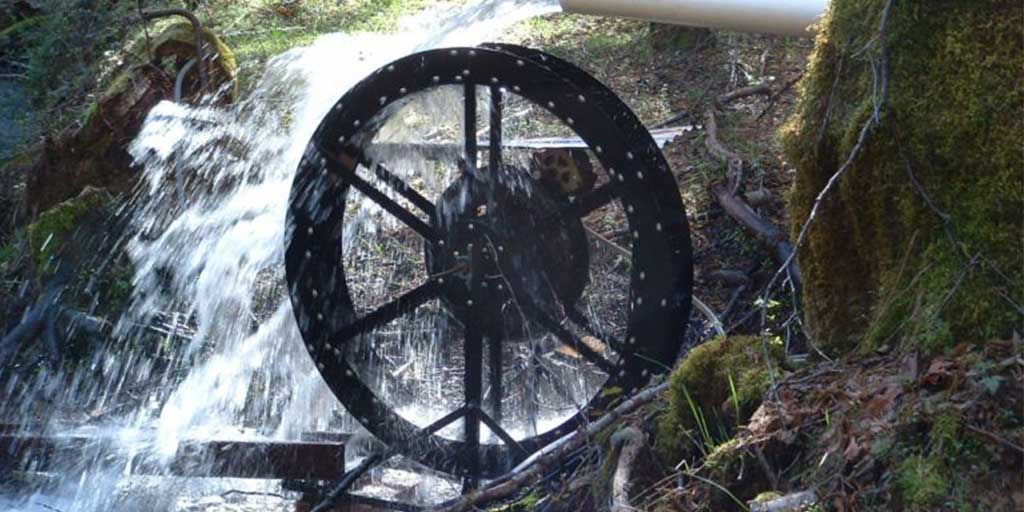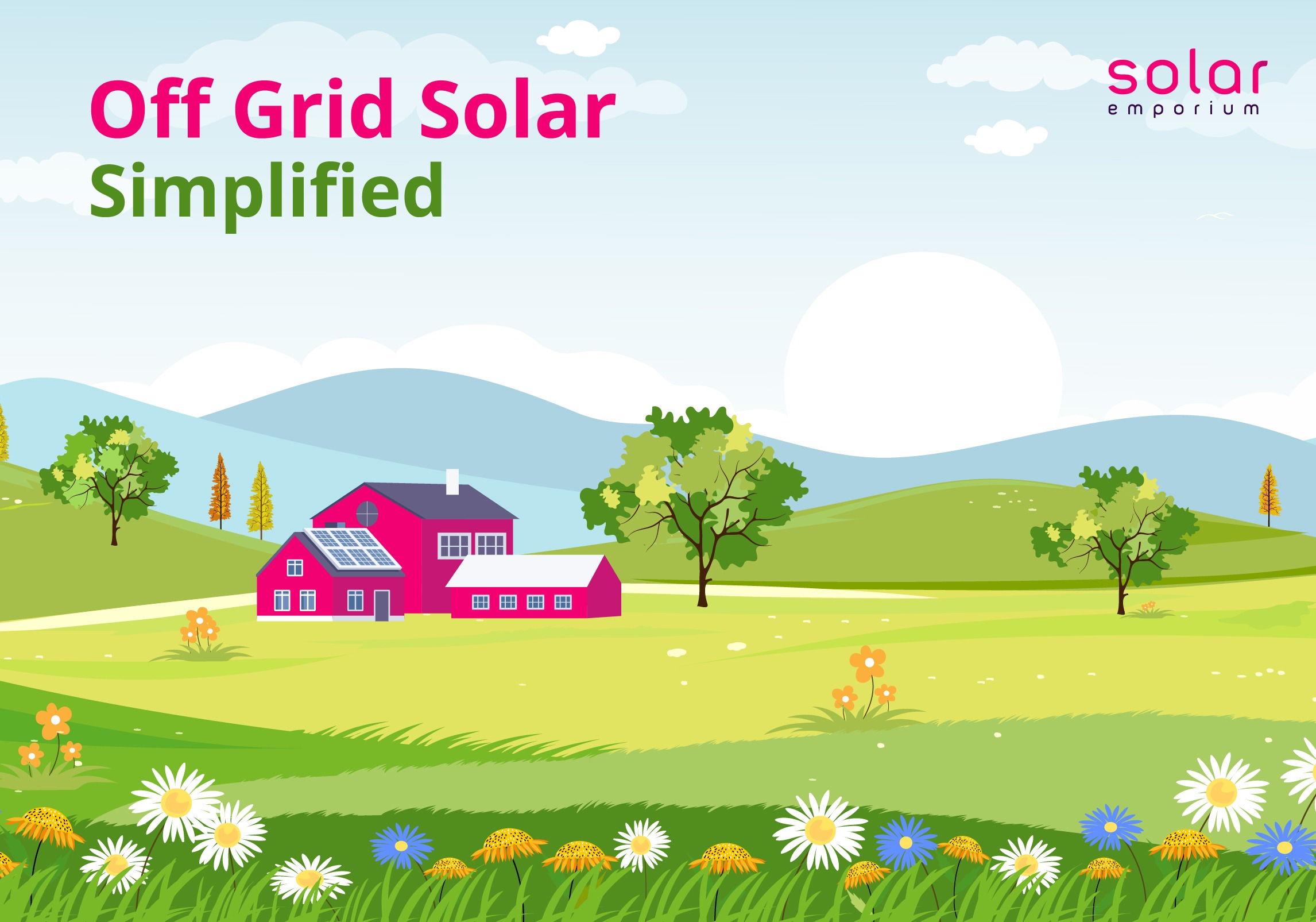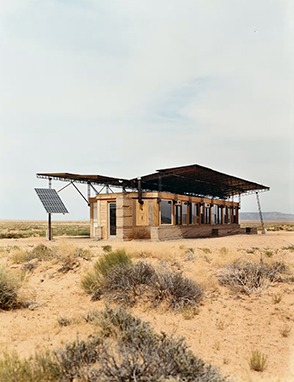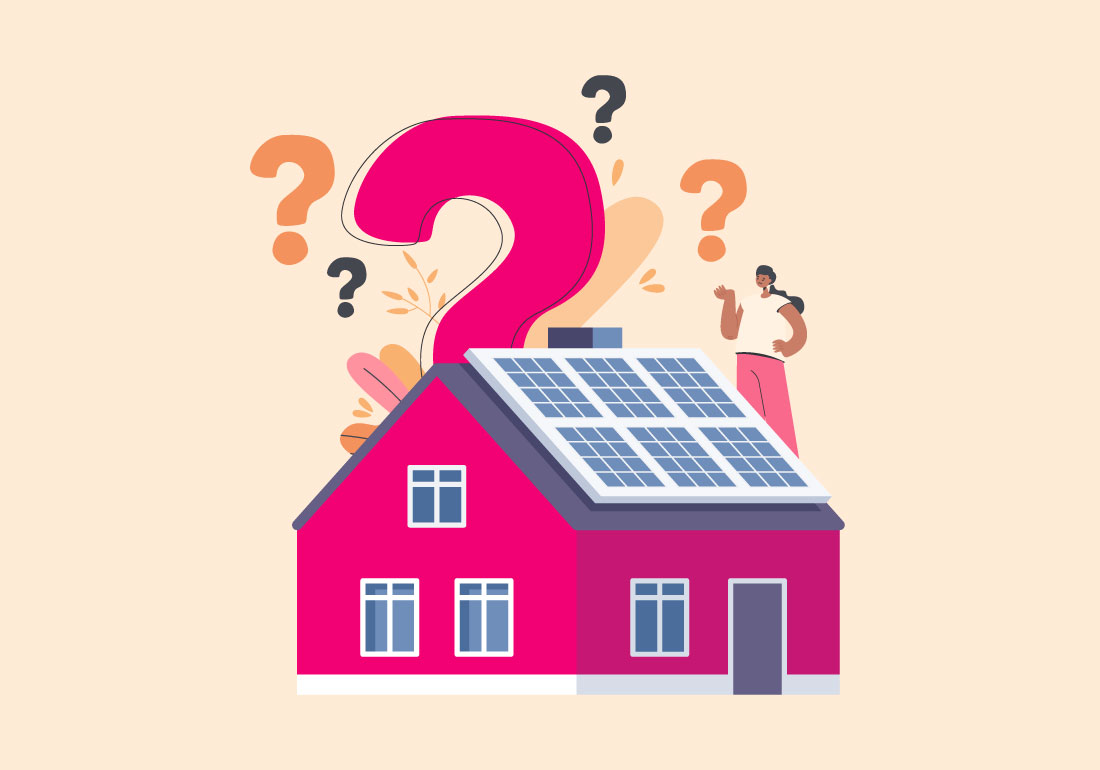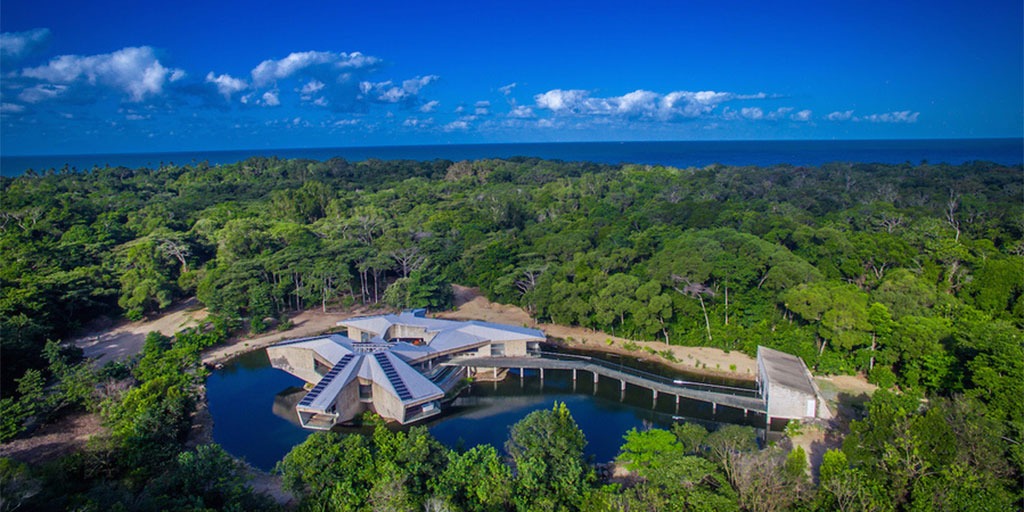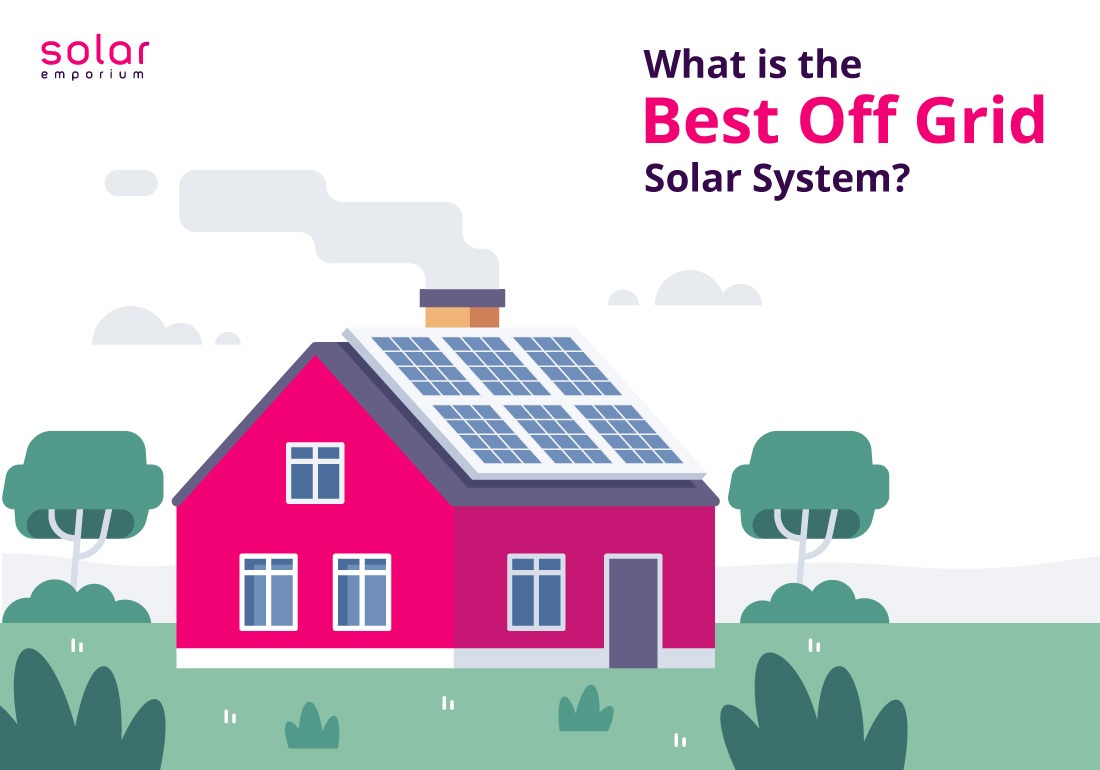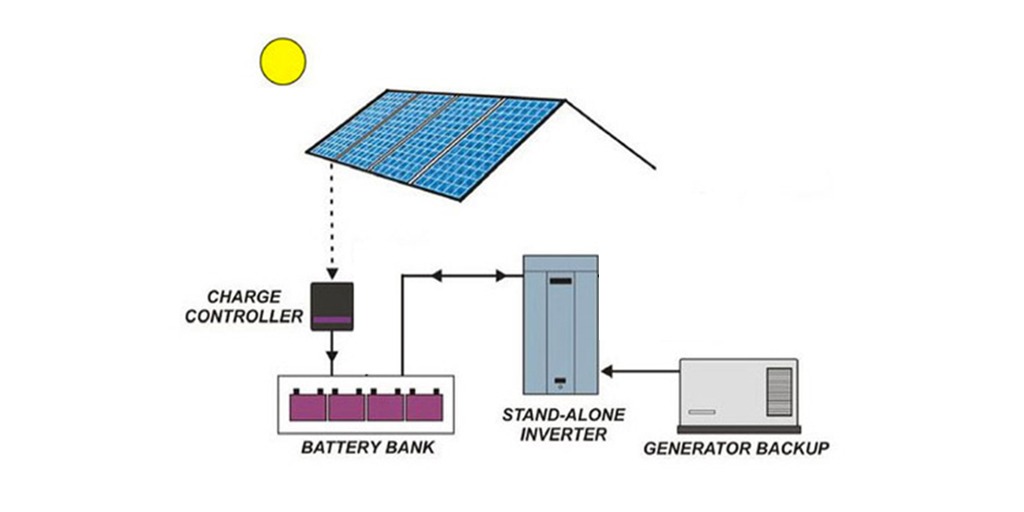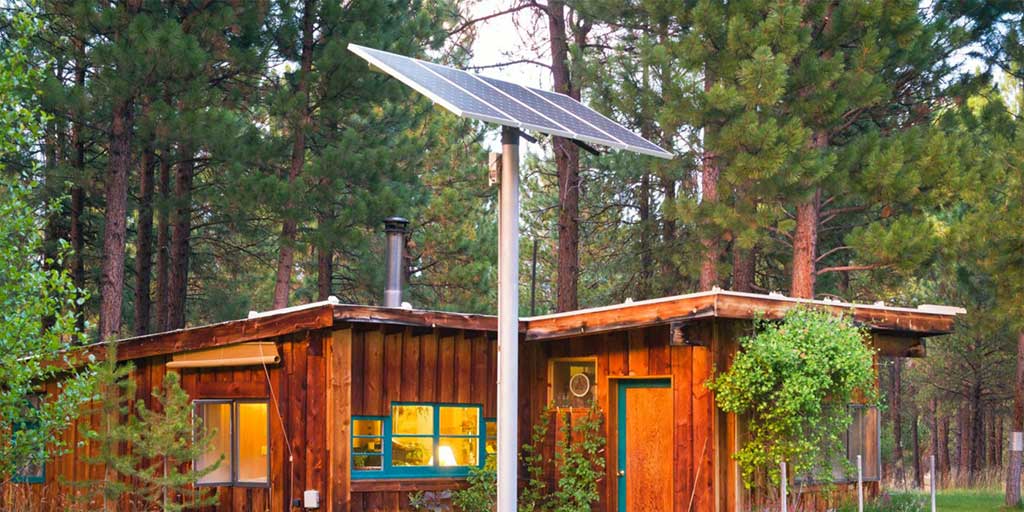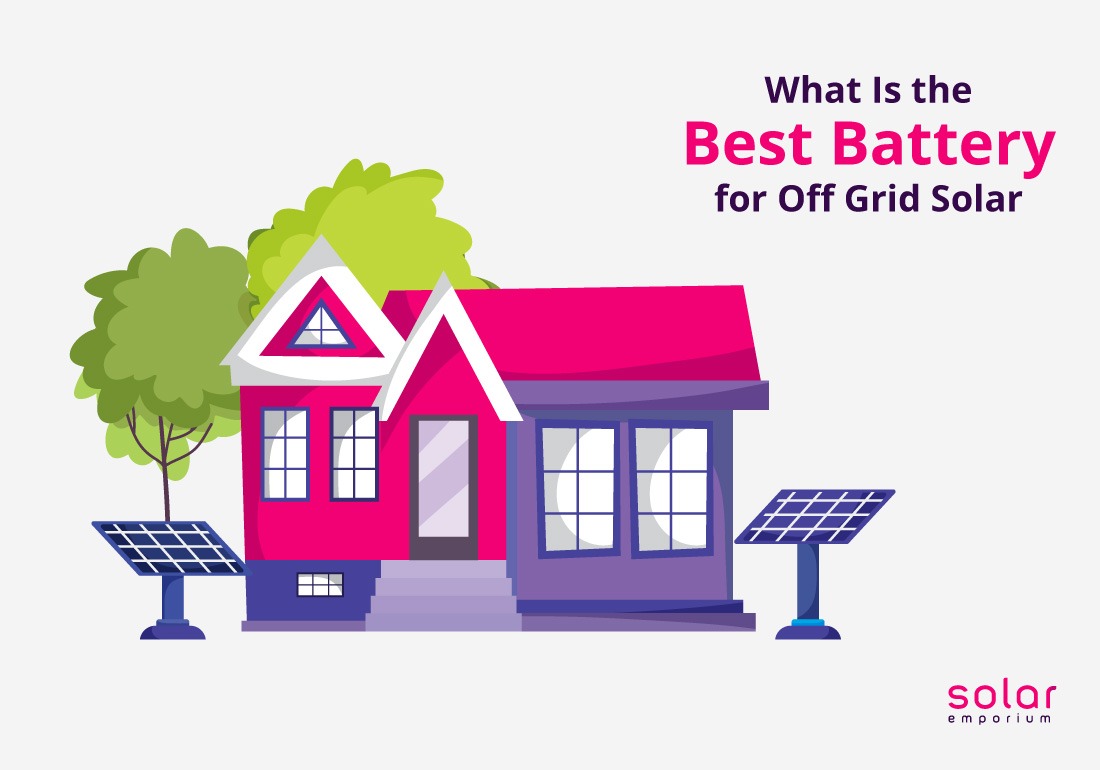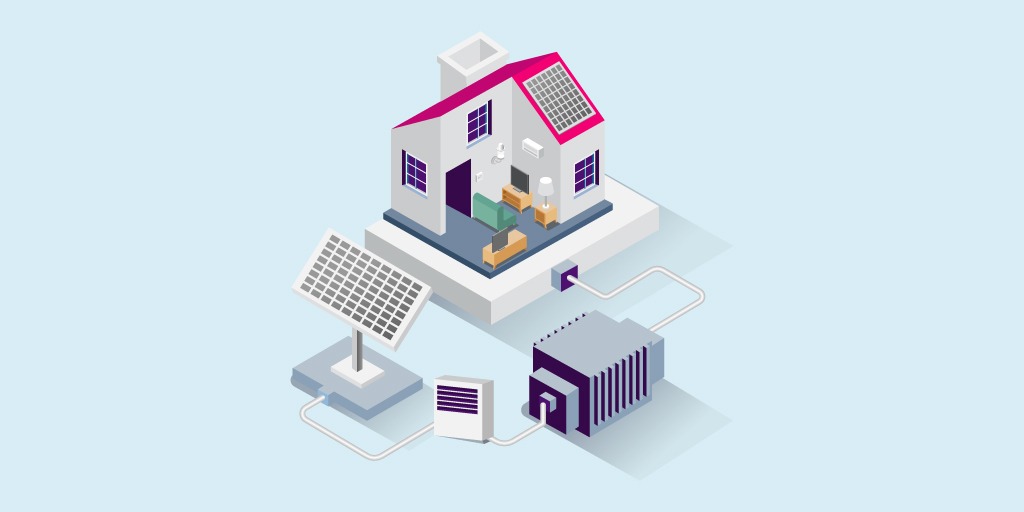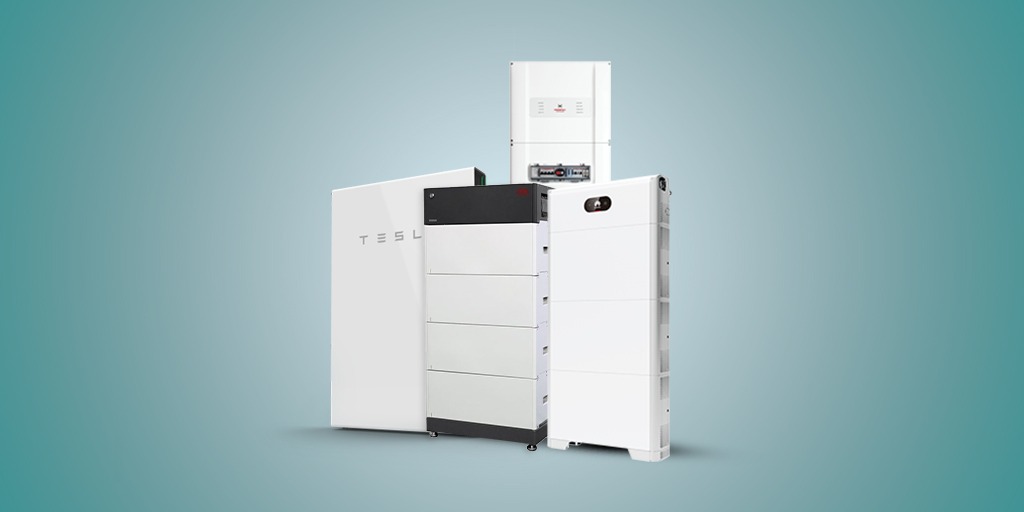Our energy demands increase with the advancements in science and technology. This growing demand led us to rely more and more on the grid electricity but depending on burning fossil fuels is a surefire way to trigger global warming. That’s why going off the grid is becoming popular, both in an attempt to save nature as well as ditching the ever-growing energy prices.
With off grid living comes the concern of meeting the power demands. Many of us do speculate if an off the grid solar system will be able to meet the needs of my family or how much power do I need to live off grid. It’s absolutely possible to live off the grid and power an entire village let alone one family; that’s one thing I can assure you of; however, how much power would you need to live off the grid is a decision that has to be tailored to your needs at a price you can afford.
Here is how you can summarize and understand how much power you might need to live off the grid.
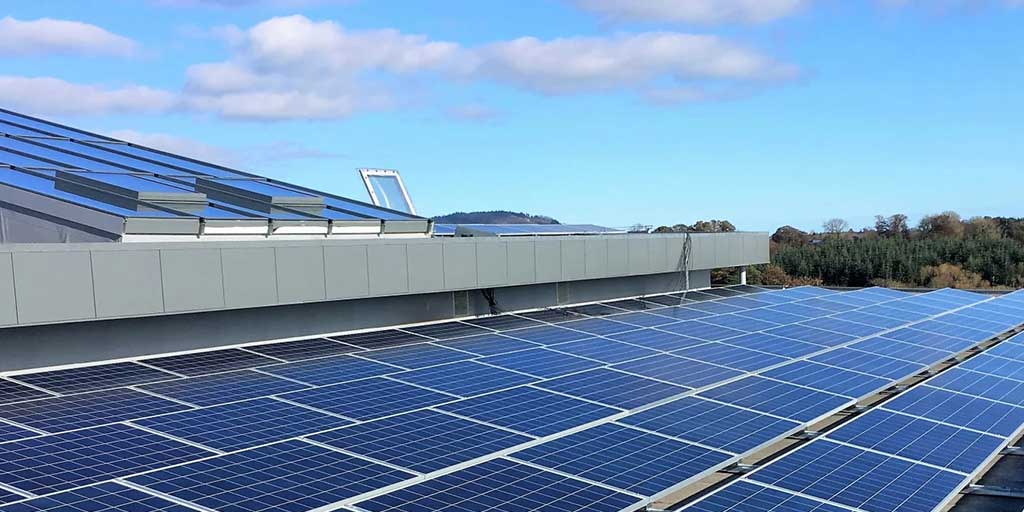
Know The Energy Pattern of Your Household
Firstly, observe your everyday life and document what are the things you tend to use most. It’s best to take into consideration different seasons, as in winter, you may not need to use the air-con as much as you would in the summer.
In a typical household which, for example, let’s say is a family of four, the daily power consumption pattern may look like this- for heating and cooling purposes, the family uses 35% of the energy available for lighting up the house, about 7%, for hot water about 22%, for computers, styling tools, pool, dishwasher, other appliances about 20% and for other miscellaneous usages the rest of the energy is used.
For this particular family, it can be assumed that they use about 38kWh to 40kWh of energy a day without any alternative source of power. Please know that this is not a definite number but an illustration.
So, if your family’s energy consumption pattern looks anything similar, you can expect to go for a system of that size when you decide to go completely off the grid. In reality, people tend to shy away from using a lot of energy in fear of scarcity while living off the grid, but if your system is sized correctly, you don’t need to miss out on anything ever again.
Analyze Your Current Power Consumption
Above was speculation about the energy needs of a typical Australian household. But you can get legit numbers if you take a look at your quarterly energy bills. Usually, there is a usage pattern and count given in the bill paper along with the average daily kWh use.
That is also not a definite number but an idea of your pattern. Depending on these factors, you can get your off the grid solar house designed to perfection.
Remember that it’s always a good idea to go up a size while designing the solar system rather than expecting to limit your energy consumption if need be. Along with situations like suddenly needing a bit more electricity than usual, you can also expect your solar panel system to sometimes yield lesser than expected. This could happen because of the weather, lesser peak solar irradiation, shading issues, dirty solar panels, and a number of other reasons.
By upsizing the solar system, you can make sure to have an ample amount of energy to be at your disposal and go without generating solar energy for at least a couple of days.
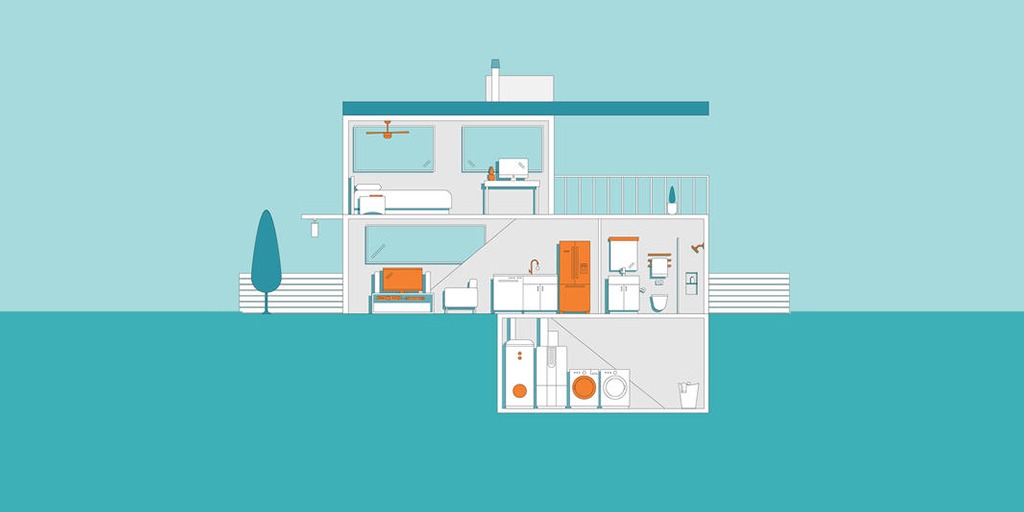
How Many Solar Panels Do I Need?
How many solar panels you would need to live off the grid depends on a number of variables which are-
- Your daily average electricity usage
- Amount of roof space you have
- If your choice of installation area (can be roof or ground mounted system) has shading issues
- Daily solar irradiation in peak and off-peak hours
- The type of solar panels you choose
However, your energy needs and the output of each solar panel are the two core elements that determine the number of solar panels you will need to go off-grid.
Standard testing settings are used to assess panel performance. These circumstances include 1,000 W/m2 of solar radiation, AM 1.5 of the solar spectrum, and a 25 °C module temperature.
Typically, a panel’s performance increases with size. A 100-watt solar panel, for instance, is normally 47 x 21,3 x 1,4 inches in size. The size of a 200-Watt solar panel is 64 x 26 x 1.4 inches (rough projections). More photovoltaic cells can be put inside of a larger framework, increasing their performance here forth.
Also, if you choose to go for monocrystalline or polycrystalline panels is a deciding factor in this matter. Polycrystalline panels being inferior to monocrystalline ones, will require you to install more in numbers. One pro in favor of polycrystalline panels is that they are cheaper.
In short, if the solar panels are made from fragments of silicon or ingots of silicon is the core difference between the two types of solar panels; monocrystalline ones being from solid chunks of silicon and polycrystalline ones from fragments of silicon.
To be more precise about the whole ordeal, it is highly recommended you consult with a solar expert approved by the CEC. Learn more about off grid solar systems here.

